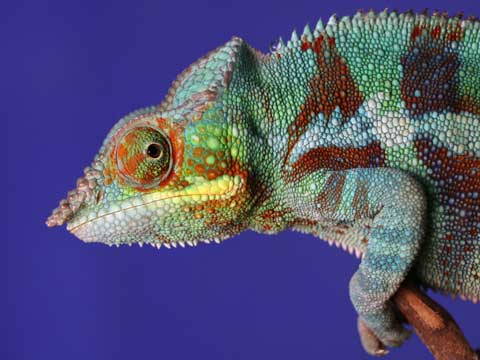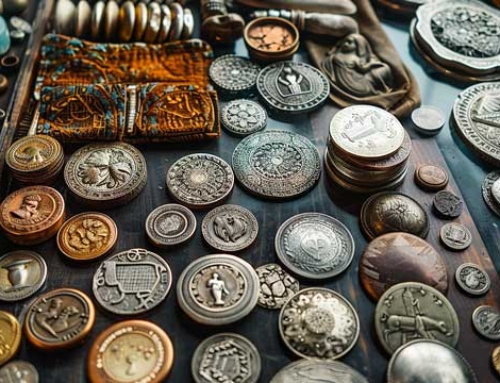There’s nothing new under the sun. So said King Solomon, the wisest of all men. But even the familiar sometimes takes us by surprise. You might imagine we know everything there is to be known about diamonds. After all, they’re billions of years old, we’ve been hauling them out of the ground for the best part of a century and a half, and we’ve built a vast industry around people’s desire to own them. And yet there’s stuff we’re still discovering. Like the fact that some diamonds change color at low temperatures. These are called chameleon diamonds.
We’ve known for a while that a tiny number of diamonds – dubbed chameleon diamonds – react to high temperatures. They change from an olive green to a lighter orangey yellowish hue when heated to between 150C and 250C. There are also reverse chameleons – even rarer – which change the other way, from a light orangey yellowish hue to olive green when they’re kept in the dark. But now there’s a new kid on the block – diamonds that change color in the cold.
Scientists have come up with some possible explanations for chameleon diamonds – high concentrations of hydrogen, nitrogen and nickel impurities, unusual phosphorescent and luminescent qualities. Put another way, they don’t really know. Not surprisingly the rarity of chameleon diamonds has significantly enhanced their value.
In 2009 Christie’s Geneva broke the record for the most expensive chameleon sold at auction. The 19.13-ct briolette-cut fancy grayish yellowish green (at room temperature) diamond pendant necklace, sold for $987,000.
In May 2001, a 4.41ct cut-cornered, triangular-cut superb fancy dark gray-yellowish green chameleon diamond ring was auctioned at Christie’s Hong Kong for $240,000. The largest known chameleon in the world was acquired by Swiss jeweler Chopard in 2007. It’s an oval-shaped 31.31-ct stone which was valued at the time at $10m.
Jeweler Peter Kaplan is credited with the discovery of the first chameleon diamond in 1943. It was resting on a hot polishing wheel and he noticed that it began to slowly change its hue. There’s also a story – possibly true – about a customer who bought a light yellow-green diamond but was disappointed to find it had turned dark green in the jewelry box and returned it to the store.
But chameleon diamonds are so yesterday. The newest thing under the sun, as of just a few months ago, is the cryogenic diamond, which changes color when it’s very cold, rather than very hot.
The journal New Scientist broke the story last week of diamonds that change from gray to yellow when chilled to -196C, the temperature of liquid nitrogen. The discovery was made by GIA New York, in what they said was a “a gemological observation that occurred during routine testing“.
Labs sometimes cool diamonds to minimize the vibration of atoms so they can more accurately measure how it absorbs different wavelengths of light. But this was quite a discovery for a routine test.
The question now for scientists is “why?” And the question for the diamond industry is “how much?“. Is rarity enough to boost the value of a cryogenic diamond, or will buyers want to see them actually perform? They have a remarkable quality, but they’re not what you might call user-friendly.
I can stick an old-fashioned chameleon in the oven for a party trick and watch it change color. But my freezer only goes down to -18C and that’s nowhere near cold enough to try the same kind of thing with one of these new-fangled beauties.






